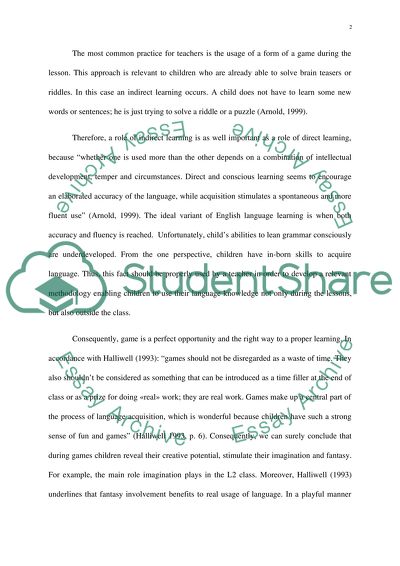Cite this document
(“Teaching English to Young Learners Essay Example | Topics and Well Written Essays - 5500 words”, n.d.)
Retrieved from https://studentshare.org/environmental-studies/1418188-teaching-english-to-young-learners
Retrieved from https://studentshare.org/environmental-studies/1418188-teaching-english-to-young-learners
(Teaching English to Young Learners Essay Example | Topics and Well Written Essays - 5500 Words)
https://studentshare.org/environmental-studies/1418188-teaching-english-to-young-learners.
https://studentshare.org/environmental-studies/1418188-teaching-english-to-young-learners.
“Teaching English to Young Learners Essay Example | Topics and Well Written Essays - 5500 Words”, n.d. https://studentshare.org/environmental-studies/1418188-teaching-english-to-young-learners.


